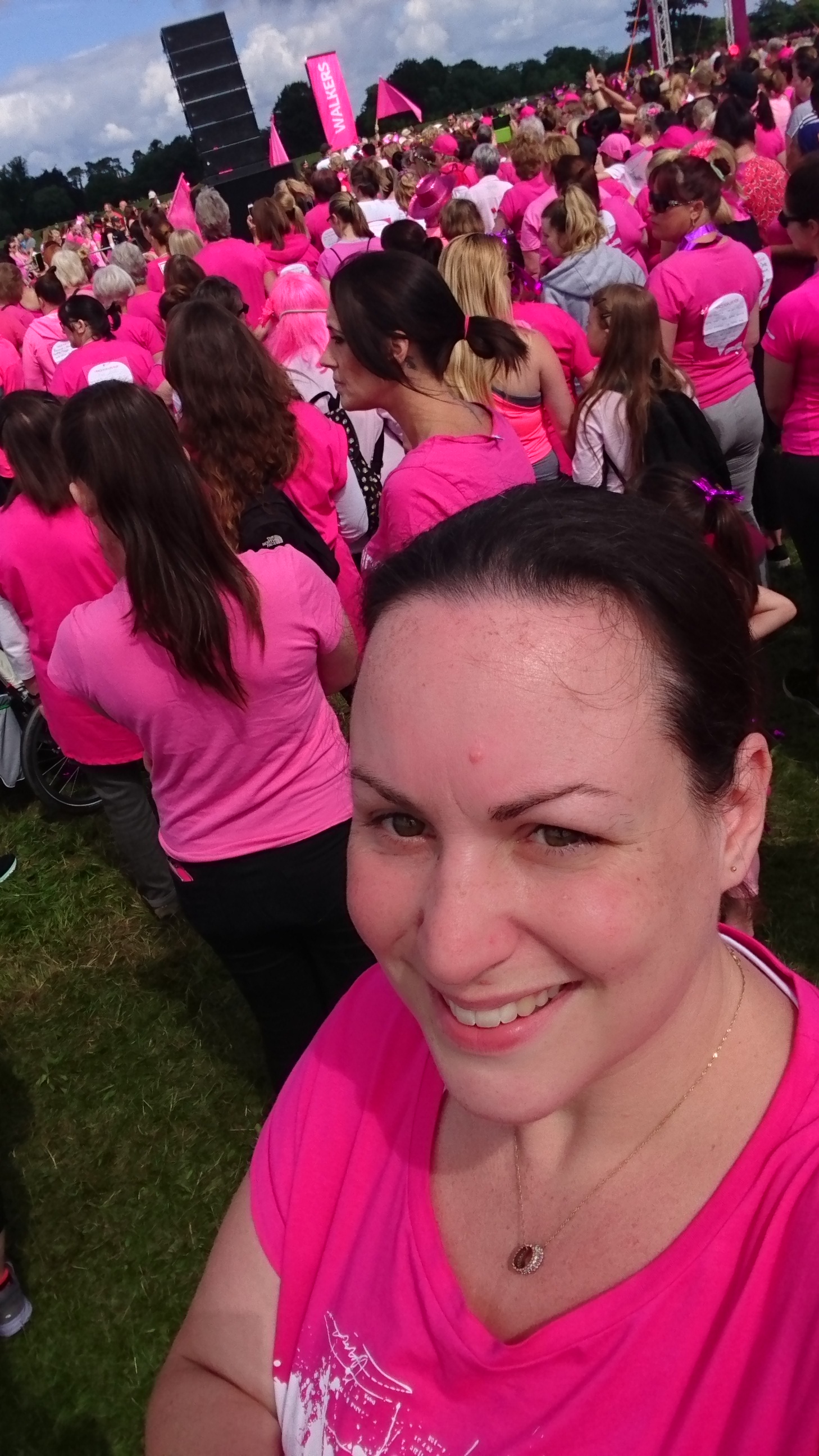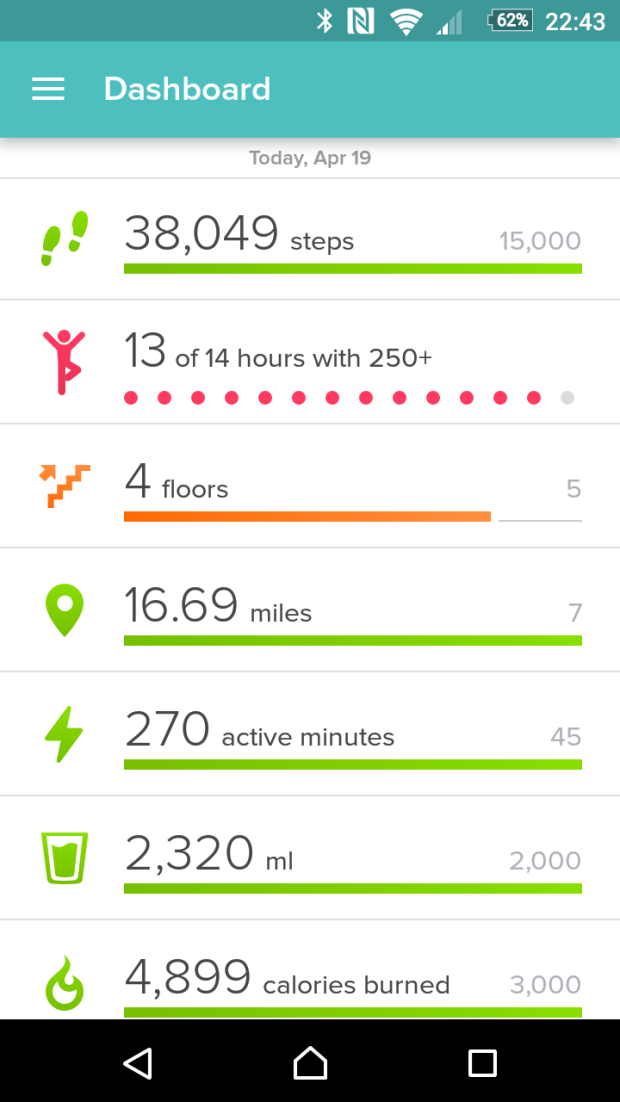Pancreatic cancer doesn’t usually give rise to any symptoms or signs in the early stages. This is the main reason why it can be so difficult to detect and diagnose. As the cancer grows the symptoms it causes will depend on the type of pancreatic cancer and where it is in the pancreas.
Any symptoms people do have can be quite vague and may come and go at first. An example is abdominal pain, which may start off as occasional discomfort before becoming more painful and more frequent. The symptoms can also be a sign of other more common illnesses such as pancreatitis, gastritis, gallstones or hepatitis. This means that people may end up seeing their GP several times or being sent for a number of different tests before pancreatic cancer is even considered.
It is important to remember that any of the symptoms described here are common for lots of illnesses and may not be a sign of pancreatic cancer. But if you have persistent unexplained symptoms it’s important for your GP to refer you for tests to explore what is causing them. It can help to note down the frequency of your symptoms and mention anything unusual you are experiencing, even if it seems unrelated. If your symptoms get worse or you develop any new symptoms suddenly you should always get in touch with your GP.
Approximately 95% of pancreatic cancers are Exocrine Tumours. Their symptoms can be very vague and depend on whether the tumour is in the head, body or tail of the pancreas.
Less than 5% of all pancreatic cancers are Pancreatic Neuroendocrine Tumours, which develop in the hormone producing cells of the pancreas. They are divided into functioning and non-functioning tumours, depending on whether or not they overproduce hormones and peptides that cause a clinical syndrome.
Most pancreatic Neuroendocrine tumours do not produce a clinical syndrome (non-functioning) so they do not cause specific symptoms. The list of symptoms below for the most common symptoms of Pancreatic cancer are also applicable to non functioning Neuroendocrine tumours.
Most Common Symptoms
– Abdominal Pain
– Jaundice
– Weight Loss
– Bowel Problems
– Nausea and Vomiting
– Heartburn/Indigestion
– Fever and Shivering
– Diabetes
– Back pain
– Extreme tiredness/fatigue
– Feeling unusually full after food
– Venous thromboembolism (VTE) (blood clots that form in a vein)
– Unexplained acute pancreatitis (inflammation of the pancreas).
Abdominal pain
Pain is a symptom in about 70% of pancreatic cancer cases. It often starts as general discomfort or pain in the abdomen (tummy) which can spread to the back. It can be worse after eating or when you are lying down. Sitting forward can sometimes relieve the pain. At first the pain may come and go, but over time it may become more constant. If any of the organs (pancreas, liver or gall bladder) in your abdomen are inflamed or enlarged the area may also be tender to touch.
Pain is caused by the cancer affecting nerves or organs near the pancreas. It can also be a result of a tumour causing a blockage in the stomach or duodenum (top part of the small intestines).
Jaundice
Jaundice occurs in about 50% of pancreatic cancer cases. The most common signs
of jaundice are that the skin and the whites of the eyes turn yellow. Other signs include dark urine, pale stools (poo) and itchy skin.
Jaundice develops when there is a build-up in the blood of a substance called bilirubin. The substance is a by-product of red blood cells breaking down and is always present in the blood. It usually gets removed from the body in the bile fluid produced by the liver which empties into the small intestines through the bile duct. Cancer growing in the pancreas can block the bile duct so that bile and bilirubin keep building up in the body. This is known as obstructive jaundice.
Jaundice can be caused by other non-cancerous conditions, such as a gallstone blocking the bile duct, so it’s important for all the obvious causes to be explored.
Itching
You might have itching if you have bad jaundice. The increased bile salts in the bloodstream cause itching in the skin.
Weight loss
Losing a lot of weight for no particular reason can be a sign that something is wrong. People may also notice a loss of appetite or changes in what they feel like eating.
Pancreatic cancer can affect the ability of the pancreas to produce digestive enzymes that help to digest food, especially high fat food. This means that the body can’t digest food properly or get the nutrients it needs, leading to weight loss.
Other common symptoms of pancreatic cancer
These symptoms are also common, though not everyone will have every symptom. People may have these symptoms before a diagnosis, develop them later on, or perhaps not get them at all.
Bowel problems
A condition called steatorrhoea (stools that are large, pale, oily, floating and smelly) is a common symptom of diseases of the pancreas. It happens because the cancer affects the production of the enzymes needed to digest food, particularly high fat food. Undigested food passing quickly through the body can also cause diarrhoea and subsequent weight loss.
Nausea and vomiting
Nausea (feeling sick) and sickness can occur for several different reasons. A tumour can block the bile duct or press on the duodenum, which obstructs digestion. It may also cause inflammation around it in the pancreas, or jaundice. Both of these can lead to a chemical imbalance in the body which can make people feel sick.
Indigestion/heartburn
New, unexplained and persistent dyspepsia (indigestion/heartburn) can be a symptom of pancreatic cancer, particularly in older people.
Fever and shivering
If the pancreas is inflamed or the ducts are blocked because of the tumour, this can cause a high temperature and shivering.
Diabetes
Diabetes can develop if a tumour interferes with the pancreas working properly. This is because the pancreas produces the hormone insulin which the body needs to regulate the amount of sugar in the blood. People with diabetes often feel extremely thirsty, pass more urine than normal, lose weight and feel weak and lacking in energy.
Diabetes is particularly associated with pancreatic cancer in older people. If someone over 50 has developed type 2 diabetes within the past two years, with no other explanation, their GP should consider the possibility of pancreatic cancer.
Back pain
Pain in the upper back (not the lower lumbar region) can occur if the cancer spreads to the nerves around the pancreas.
Other symptoms can include
- Extreme tiredness/fatigue
- Feeling unusually full after food
- Venous thromboembolism (VTE) (blood clots that form in a vein)
- Unexplained acute pancreatitis (inflammation of the pancreas).
Information Source




